Homebuyers
Existing Homes vs. New Home Construction: Which Option is Right for You?
April 16, 2025
Shopping for a home is so much more than location, square footage, and finishes. Buyers must choose the architectural style they prefer, whether they want a single-family home or another type of residence, and whether they would prefer an existing home or new construction.
Existing homes are previously been-lived-in abodes, while new construction are brand-new homes sitting empty until their first owners move in.
“For something with character in a close-knit neighborhood that’s been around for a while, an existing home might make sense,” said real estate broker Matt Curtis at his eponymously named firm in Huntsville, Ala. “However, if you're a first-time homebuyer without a ton of extra cash at your disposal for initial repair costs, a new build may be a better fit.”
Before you make it to the closing table, it’s a good idea to weigh the benefits and drawbacks of each type of property.
Want to save money? Consider an existing home
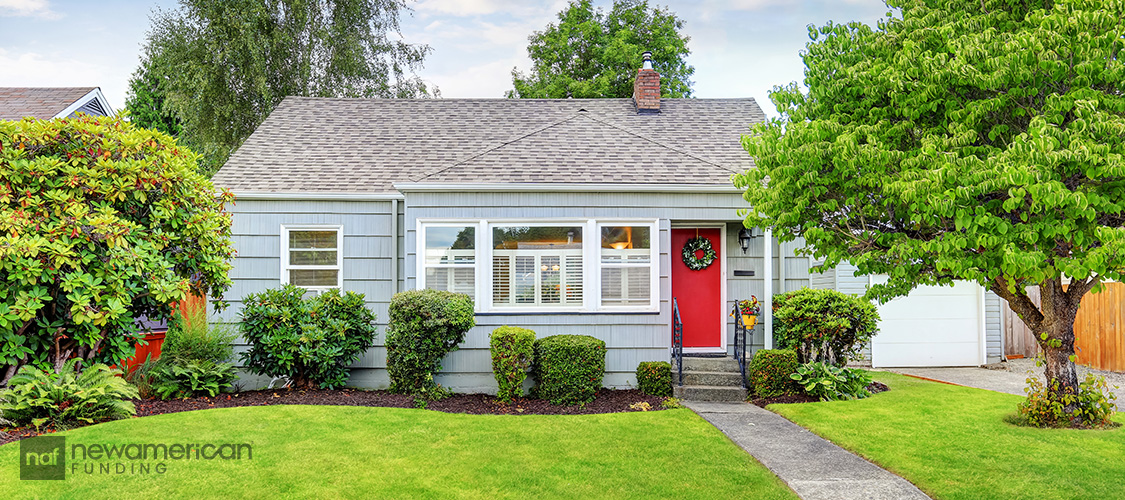
There are many benefits to purchasing an existing home, such as a generally lower price tag.
Existing homes cost about 12.4% less than new construction in January 2025, according to data from the National Association of Realtors and the U.S. Census Bureau and the U.S. Department of Housing and Urban Development.
They’re generally in more established neighborhoods as well. That could mean they’re closer to schools, parks, stores, and other amenities that may be important to you.
“If you don’t want a long commute to work, for example, you might want to consider older property near your job,” said Matt Curtis.
Also, existing homes are often located in communities with mature trees and landscaping. And if you’re lucky, they may have historic details.
“You’ll likely notice thicker crown molding, sturdier doors, and real hardwood floors,” said Curits.
The downsides of purchasing an existing home
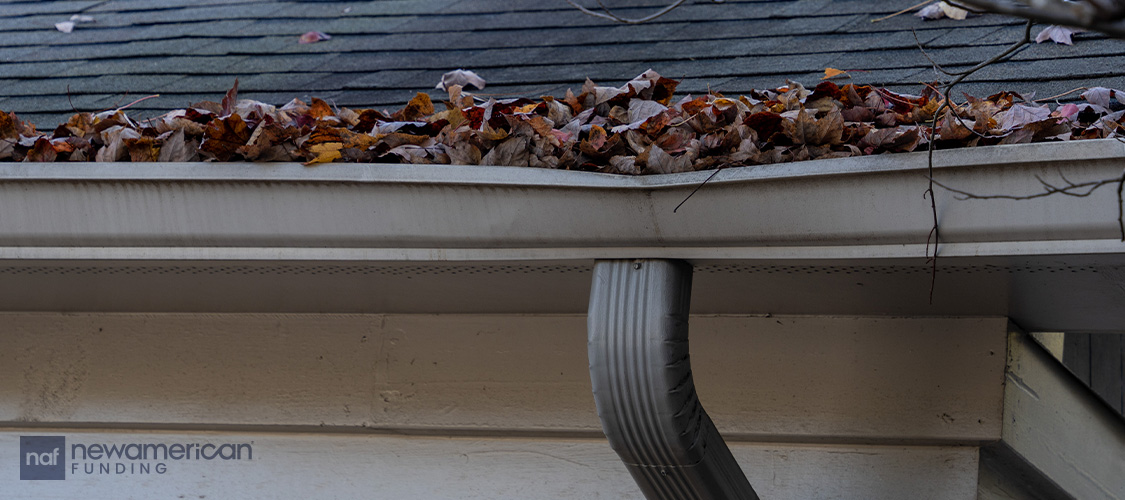
Existing homes may have a lower price tag, but could wind up costing more over the long-term.
It can be expensive to keep an older home in optimal shape. Depending on the condition and size of the property, you may spend an arm and a leg to maintain it.
There’s also a good chance you won’t get everything you want with an existing property. You may have to settle for a smaller kitchen or fewer bedrooms.
Additionally, it’s not uncommon for older homes to contain popcorn ceilings, smaller bedrooms, and closed-off floorplans. You might not get the bright, modern feel that’s usually seen in new construction properties.
Higher utility bills are another important drawback to keep in mind as many older homes that haven’t been renovated have less efficient appliances. This may force you to spend more than you want to on your utilities.
The perks of new home construction
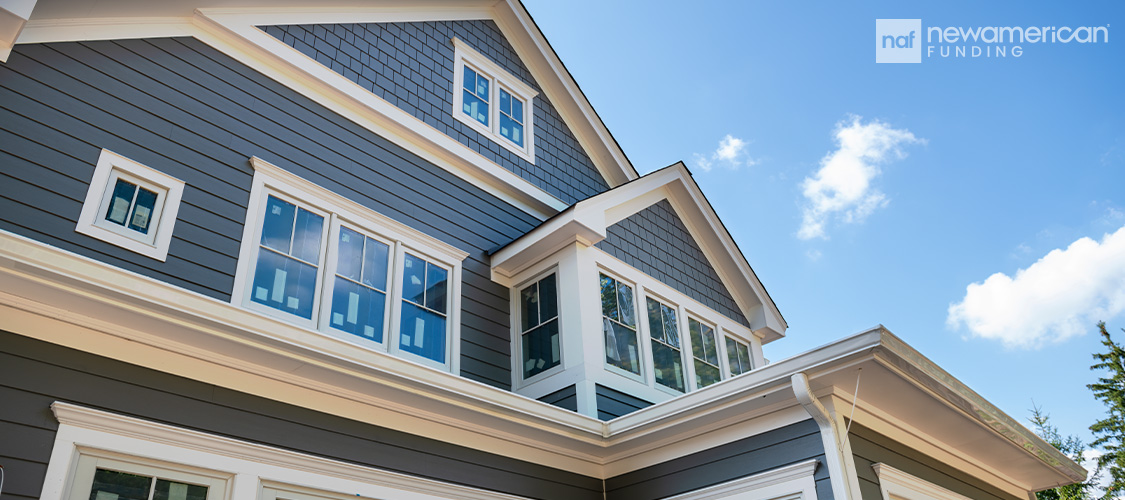
If you opt for a new build, you may get access to the latest and greatest features.
“In addition to trendy colors, these homes are often equipped with tile showers, stone, granite, or quartz countertops, larger closets and garages, and open floor plans,” said Curtis.
Plus, depending on where a new build is in the construction process, you may be able to customize it to meet your needs. This may include selecting paint colors and finishes.
You may not have to spend as much on repairs, either.
“Since new builds are [generally] backed by builder’s warranties, you can find out what’s wrong with them in the first year and won’t have to worry about high-out-of-pocket repair costs,” said Curtis. A builder’s warranty is a huge plus if you’re short on cash reserves.
Most new construction is also built with energy efficient windows, newer HVAC systems, and other features that may make them cheaper to run. If you go with a well-constructed new build, you’ll likely save on energy bills.
Speaking of savings, you might also save on interest with a new build.
“If builders are motivated to sell new construction, they may offer interest rate buydowns,” said Curtis. This is when builders buy down your mortgage rate, either for the first few years or the duration of your loan. A lower interest rate may save you thousands of dollars in interest over time.
The disadvantages of new home construction
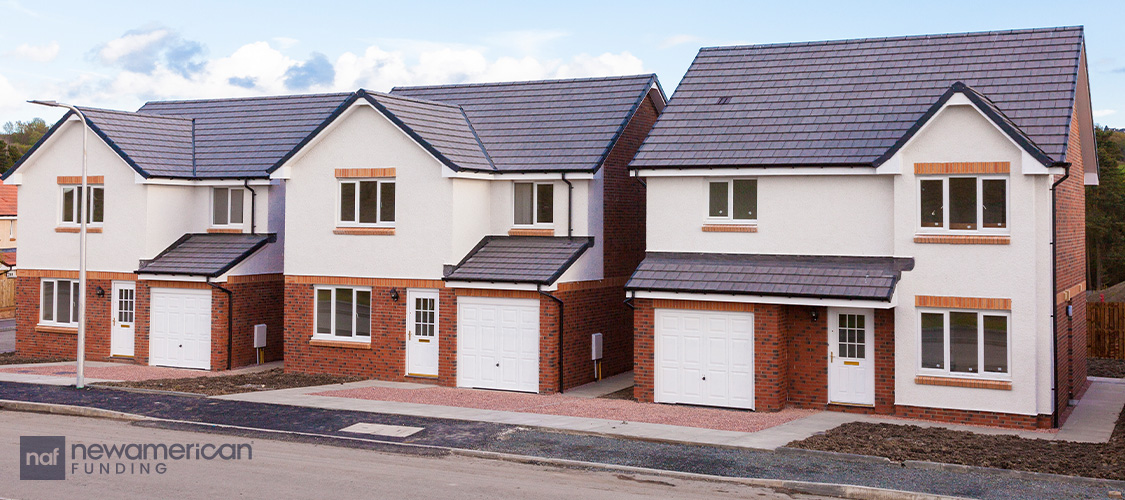
Even though new homes may look perfect at first glance, they do come with some disadvantages.
Many new builds are located in areas with homeowners associations (HOAs). Even though HOAs may come with shared amenities, like tennis courts and a pool, you’ll have to pay HOA fees. These averaged about $259 per month, according to a 2024 NAR study.
Additionly, new construction is often situated further away from city amenities. And you may not have as many neighbors, especially if the community is still under construction.
If you choose a brand-new property, you may have to drive a bit longer to get to where you need to go.
New builds and their communities may also be very uniform, lacking some of the character and details of homes in older areas.
“New construction tends to have that “cookie-cutter” look that might be an issue if you prefer a unique property with character and features like Craftsman windows, brick walls, vintage hardware, and antique doors,” said Curtis.
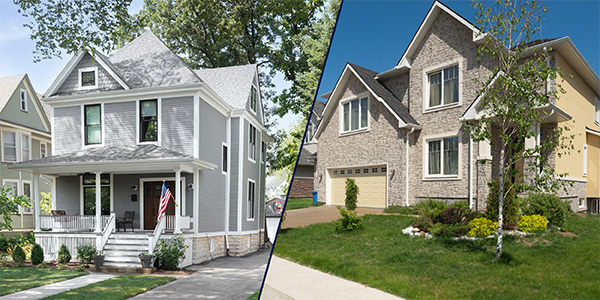


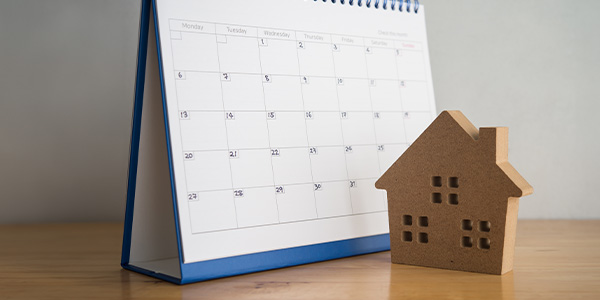
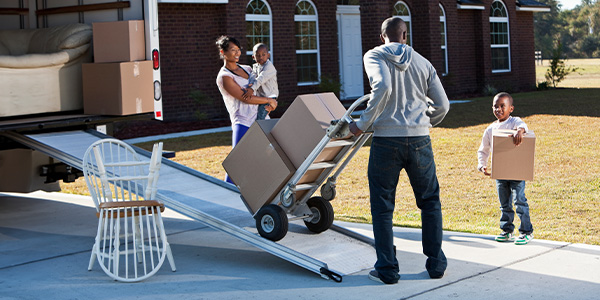
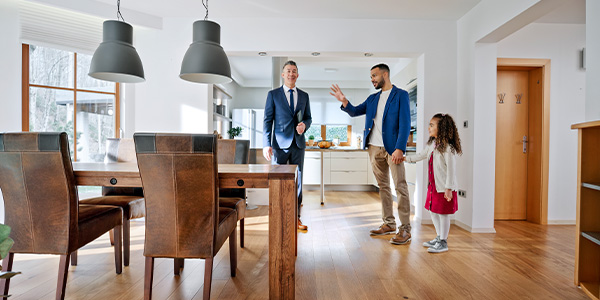
 Smart Moves Start Here.
Smart Moves Start Here.